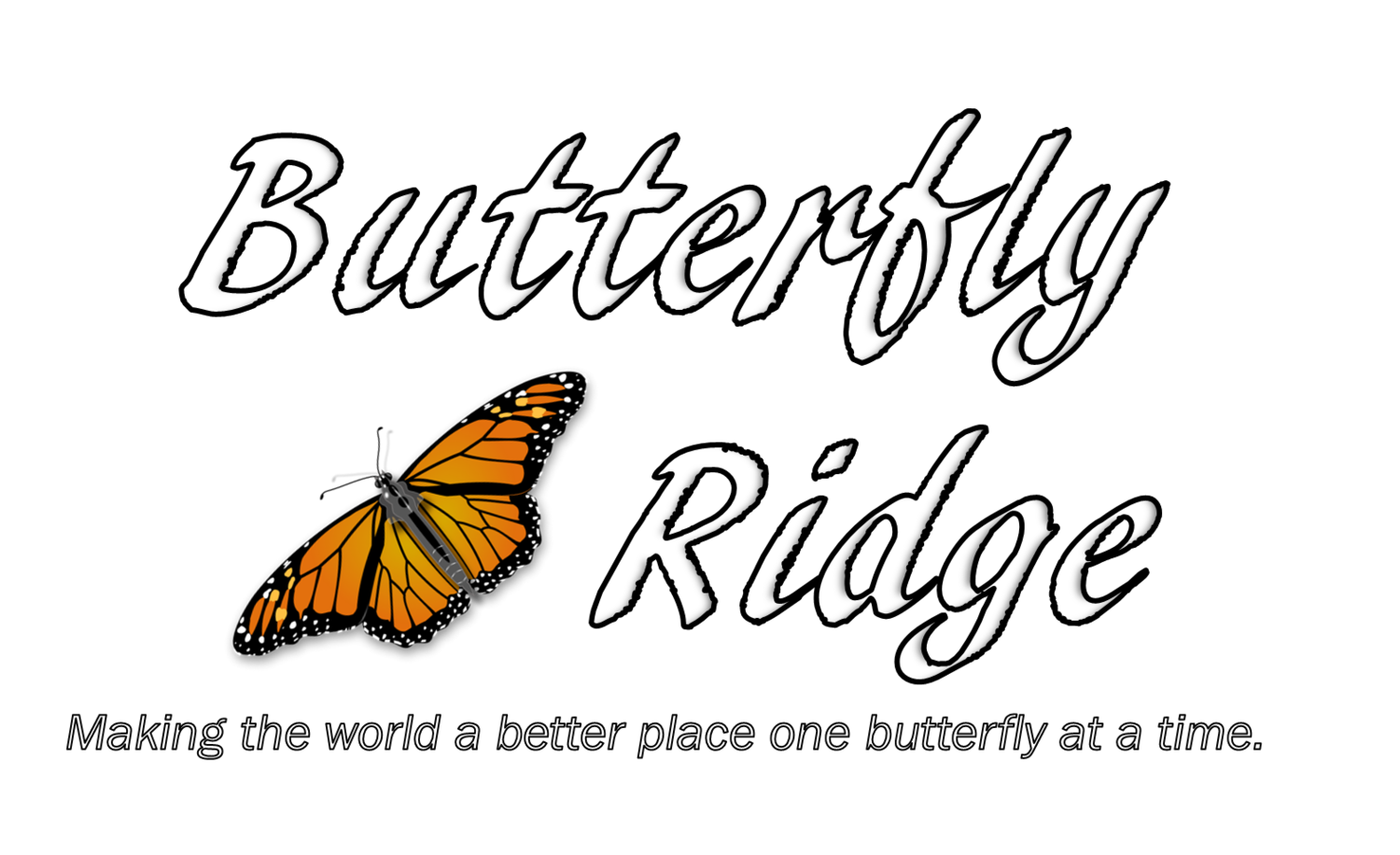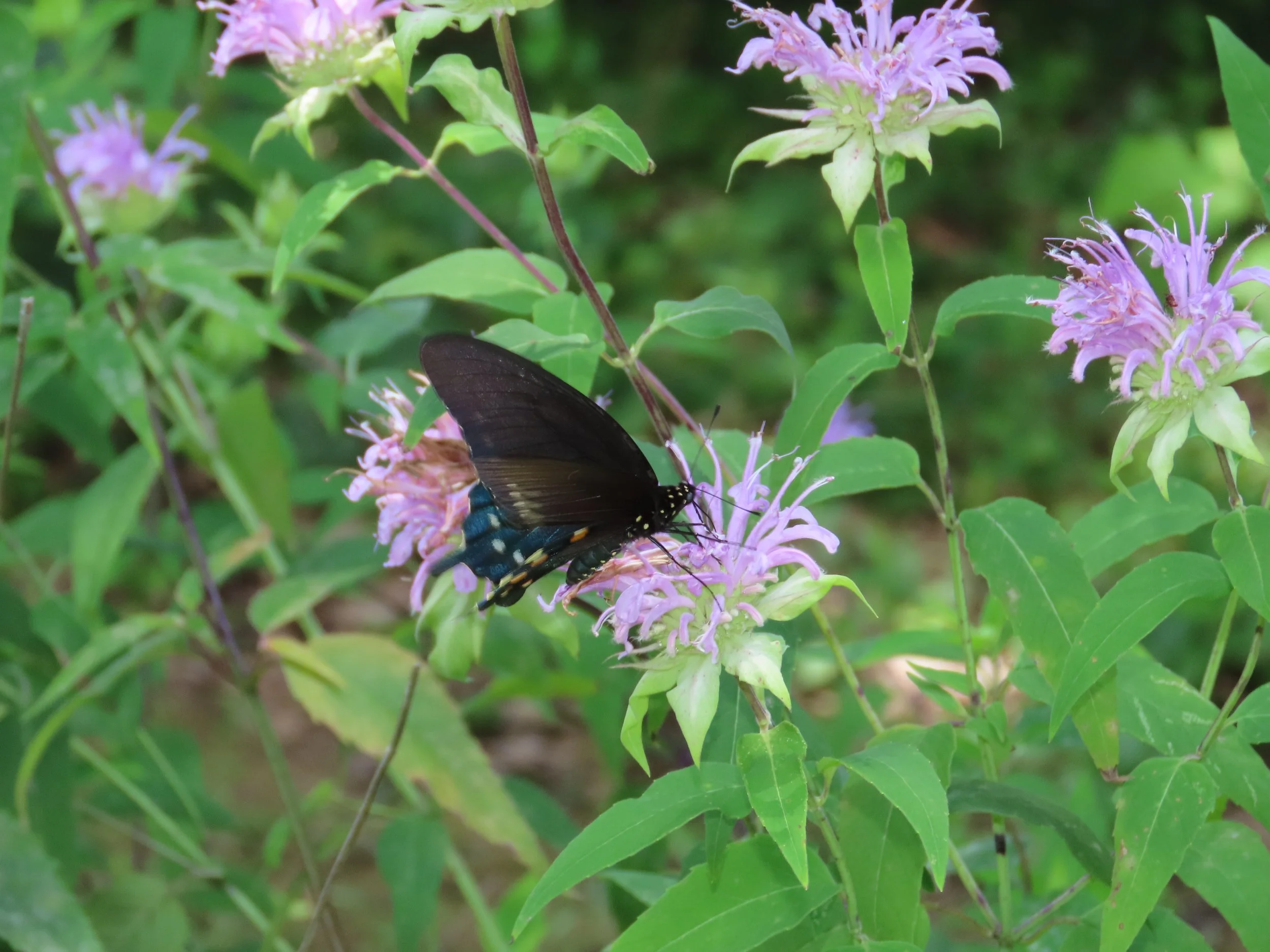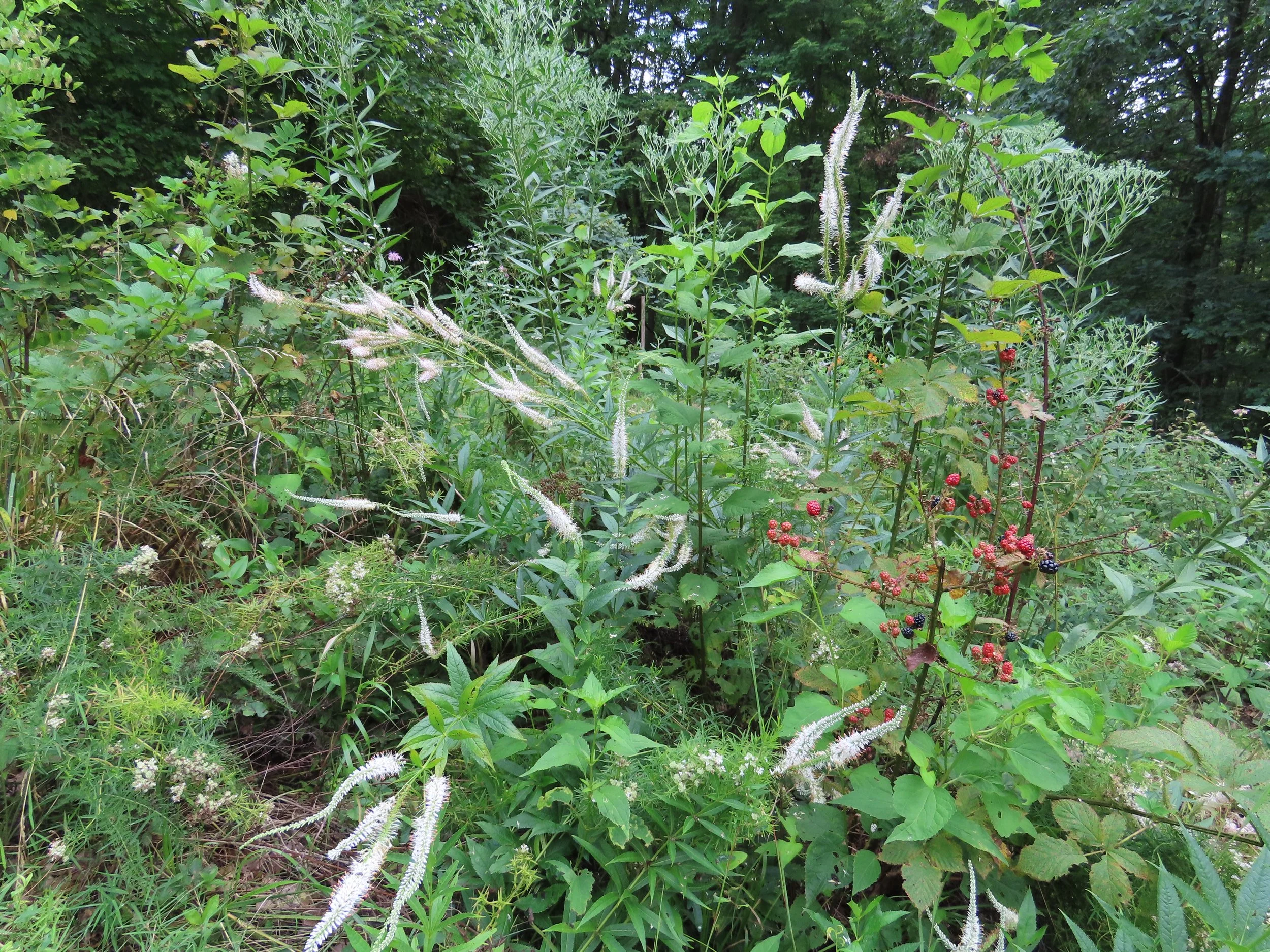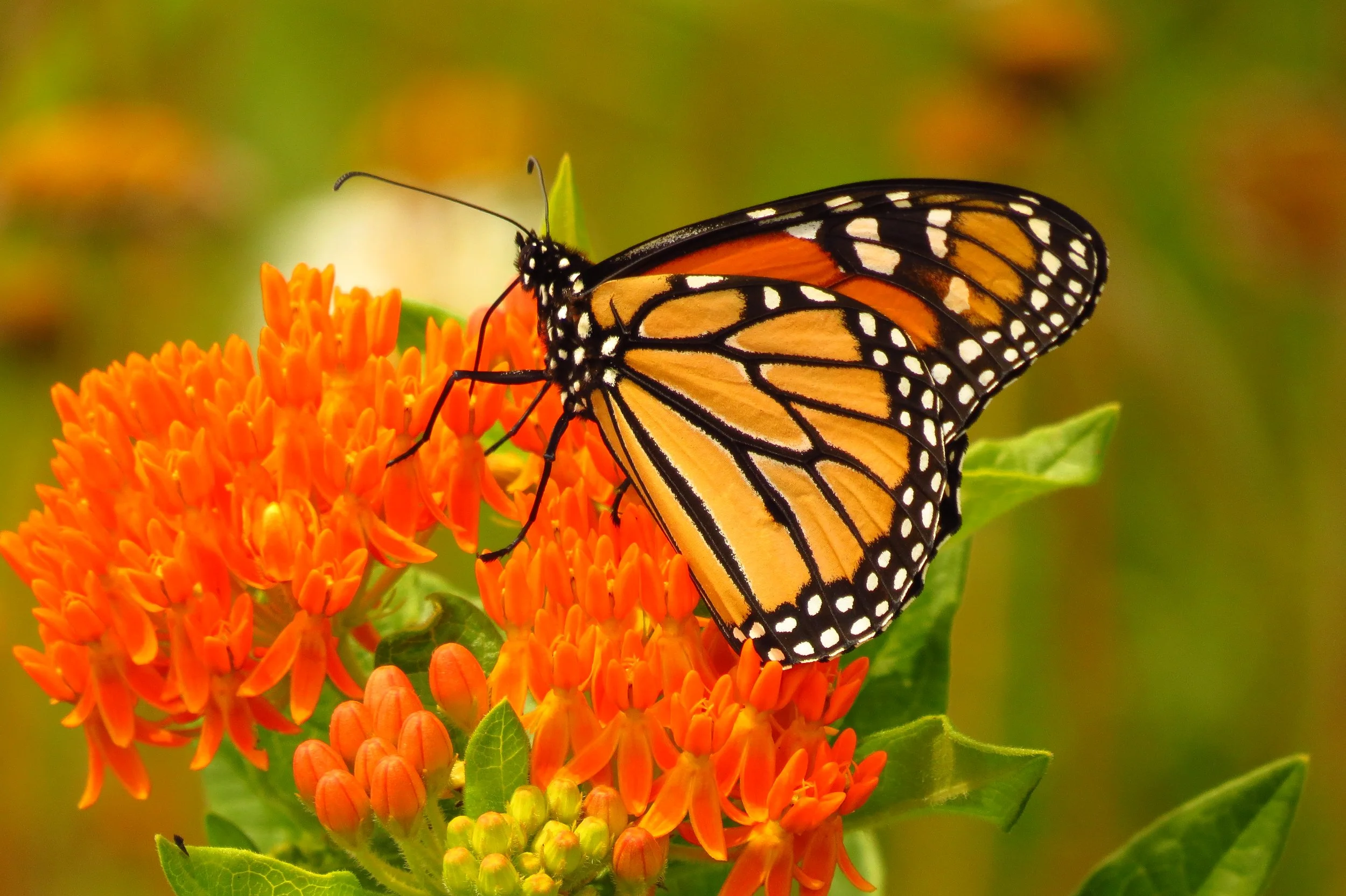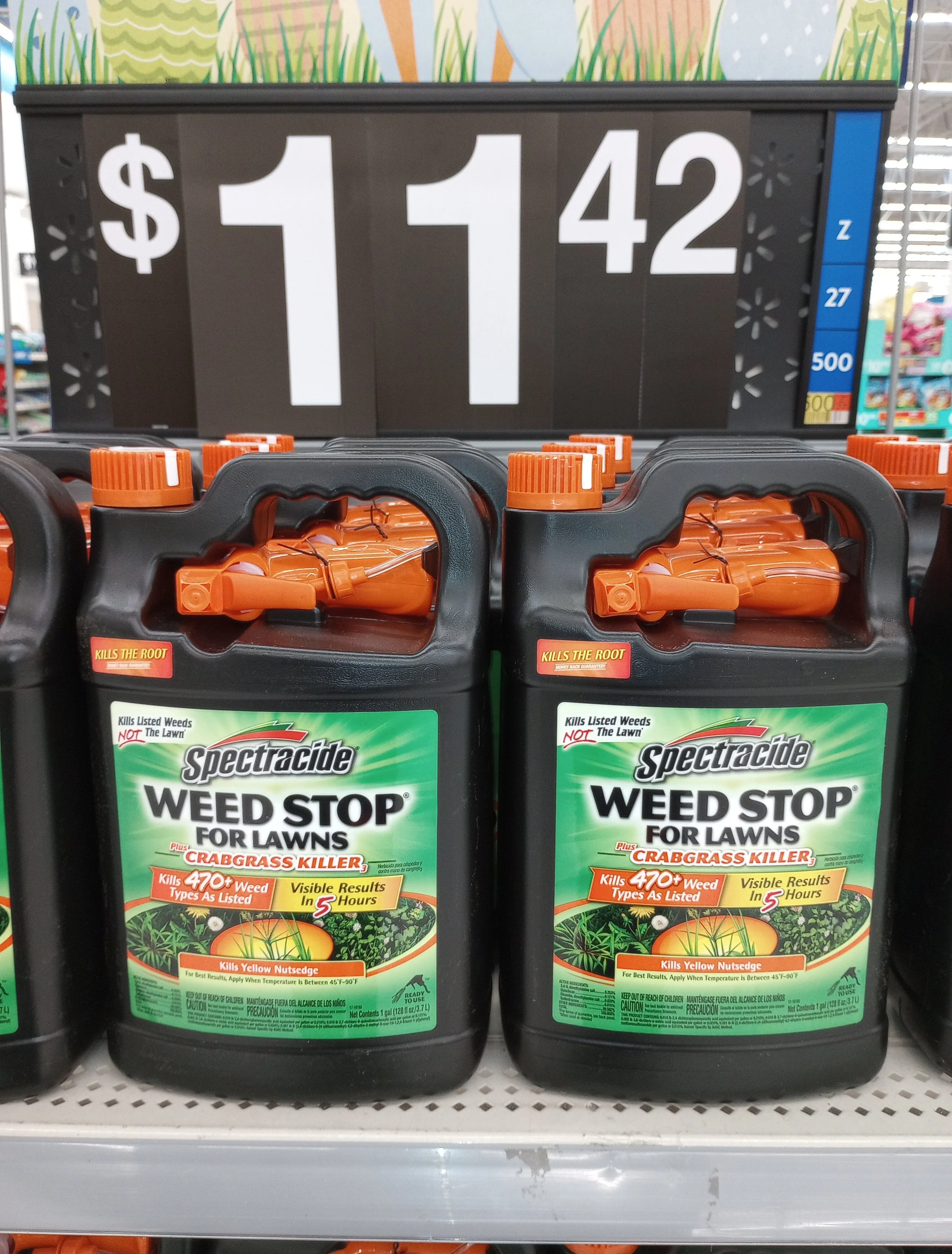Stratification Season is Upon Us!
/Most seeds in the Midwest have to go through a cold, damp period in order to break dormancy and germinate. In nature this is accomplished by winter. At Butterfly Ridge we stratify by placing a mixture of damp sand/seed in a labeled ziplock bag and then placing it in the refrigerator for a few months.
Why Not Just Let Winter Stratify Our Seeds?
The natural system is designed to deposit seeds on the ground in the fall, expose the seeds to cold in the winter, and then germinate said seeds in the spring. So why don’t we just sow seed in the fall and let nature do its thing? There is another reason why nature drops seeds in the fall. The birds, mice, and other creatures that are active in the winter need something to eat, and these seeds contribute to that food supply.
We go to great lengths to gather seed. Some seeds, like thistle, are quite painful to collect. We wrap our fingers in masking tape so that we can handle thistle seed heads. We have been stung by wasps, yellow jackets, etc in the seed collection process. We have been held at gunpoint by extremist landowners as we walked roadsides scoping out highway right-of-ways for desirable seeds. We don’t do that anymore, however many people do. We wrap milkweed seed pods in panty hose bags so that we do not lose those seeds when the pods split open.
We go to great lengths to collect seed; I would rather that seed not become bird poop in the dead of winter.
How Come Everyone Does Not Do It Our Way?
I don’t know. The reason I most frequently hear is that our method takes up too much room in their refrigerators. Below is the final product that we put in the refrigerator. This typical fast-food bag is filled with ten of the above ziplock bags. Ten species with 100-500 seeds of each species. You can see how much space this stratification bag will take up in our refrigerator.
I have to wonder if for some folks there is an element of laziness, as to why they feed their seeds to critters all winter. Just throw the seeds out on the ground and you are done; don’t have to think about it anymore. Which I guess would be fine if you are doing this as a hobby. For us at Butterfly Ridge, it is not a hobby, it is a business and a passion. Once again, if I am going to bandage my fingers and stare down the barrel of a Ruger, I would prefer robust, nectar-loaded plants be the result.
What’s Next
These seeds will live in the refrigerator until mid-March, at which time we will start them in our 12’x20’ hoop house. The resulting plants will be planted into new beds at Butterfly Ridge while others will be used to start pollinator gardens throughout Hocking County, Ohio.
As these seeds come out of the refrigerator, a new, larger batch will go in, although the new batch will still fit in the same brown bag! These seeds, once stratified, will be direct sown into new plantings at Butterfly Ridge after the last frost date (May 15) has passed. Once they hit the ground, they will be good to grow!
